Stirling Scholes
Video super-resolution for single-photon LIDAR
Oct 19, 2022
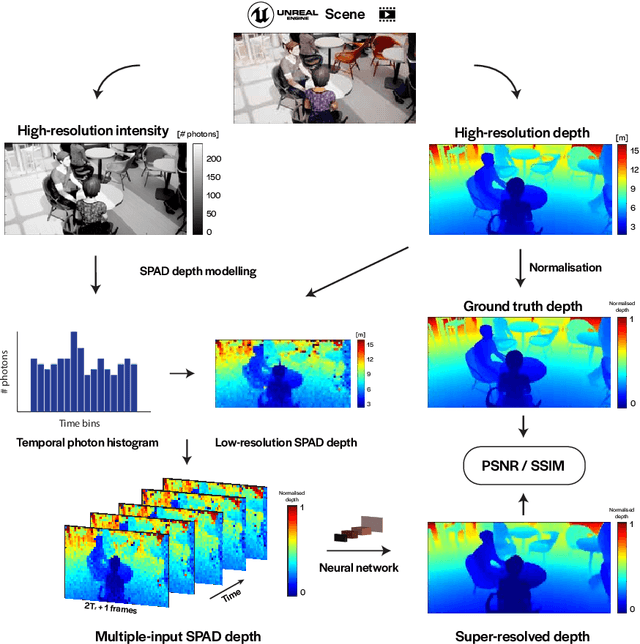
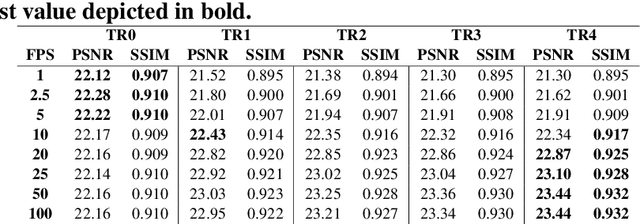
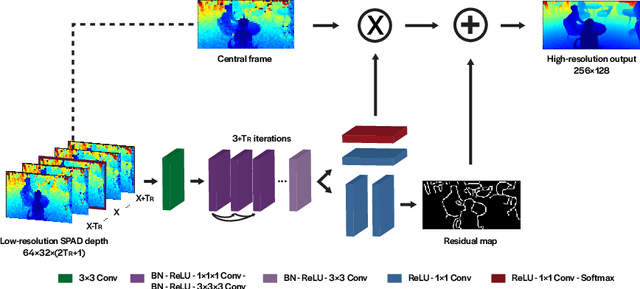
Abstract:3D Time-of-Flight (ToF) image sensors are used widely in applications such as self-driving cars, Augmented Reality (AR) and robotics. When implemented with Single-Photon Avalanche Diodes (SPADs), compact, array format sensors can be made that offer accurate depth maps over long distances, without the need for mechanical scanning. However, array sizes tend to be small, leading to low lateral resolution, which combined with low Signal-to-Noise Ratio (SNR) levels under high ambient illumination, may lead to difficulties in scene interpretation. In this paper, we use synthetic depth sequences to train a 3D Convolutional Neural Network (CNN) for denoising and upscaling (x4) depth data. Experimental results, based on synthetic as well as real ToF data, are used to demonstrate the effectiveness of the scheme. With GPU acceleration, frames are processed at >30 frames per second, making the approach suitable for low-latency imaging, as required for obstacle avoidance.
Simulating single-photon detector array sensors for depth imaging
Oct 07, 2022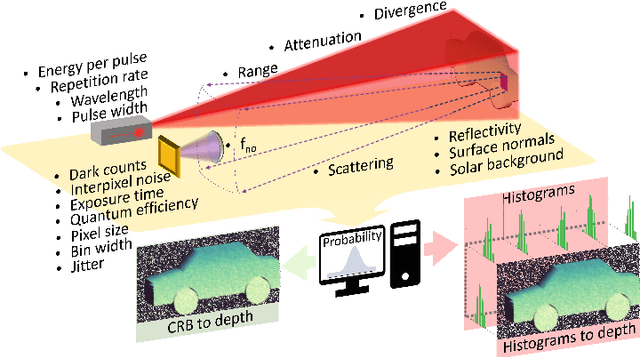
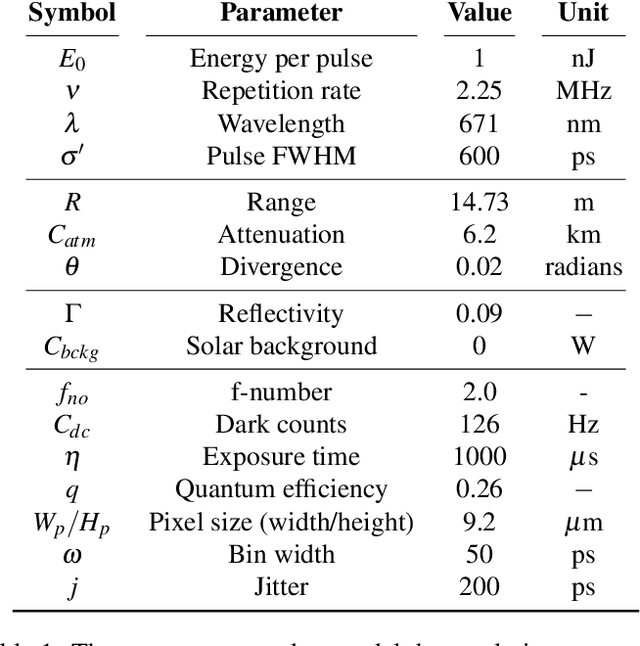
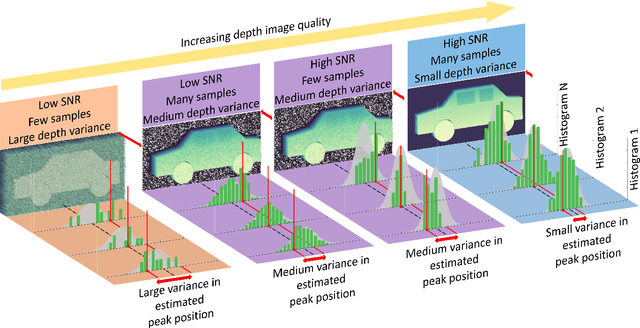
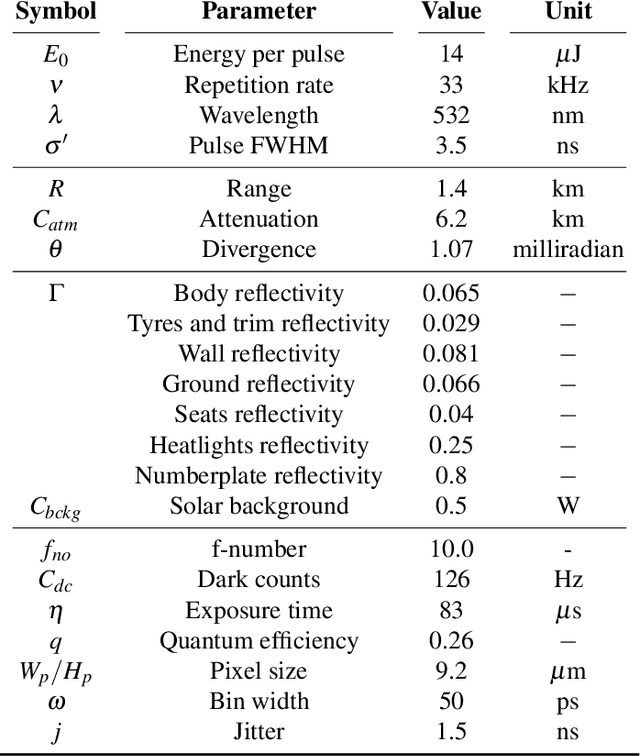
Abstract:Single-Photon Avalanche Detector (SPAD) arrays are a rapidly emerging technology. These multi-pixel sensors have single-photon sensitivities and pico-second temporal resolutions thus they can rapidly generate depth images with millimeter precision. Such sensors are a key enabling technology for future autonomous systems as they provide guidance and situational awareness. However, to fully exploit the capabilities of SPAD array sensors, it is crucial to establish the quality of depth images they are able to generate in a wide range of scenarios. Given a particular optical system and a finite image acquisition time, what is the best-case depth resolution and what are realistic images generated by SPAD arrays? In this work, we establish a robust yet simple numerical procedure that rapidly establishes the fundamental limits to depth imaging with SPAD arrays under real world conditions. Our approach accurately generates realistic depth images in a wide range of scenarios, allowing the performance of an optical depth imaging system to be established without the need for costly and laborious field testing. This procedure has applications in object detection and tracking for autonomous systems and could be easily extended to systems for underwater imaging or for imaging around corners.
DronePose: The identification, segmentation, and orientation detection of drones via neural networks
Dec 10, 2021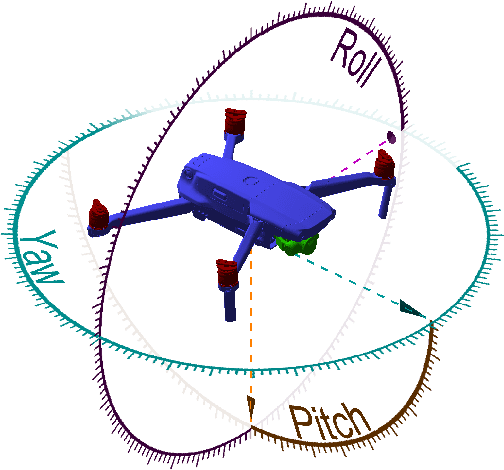
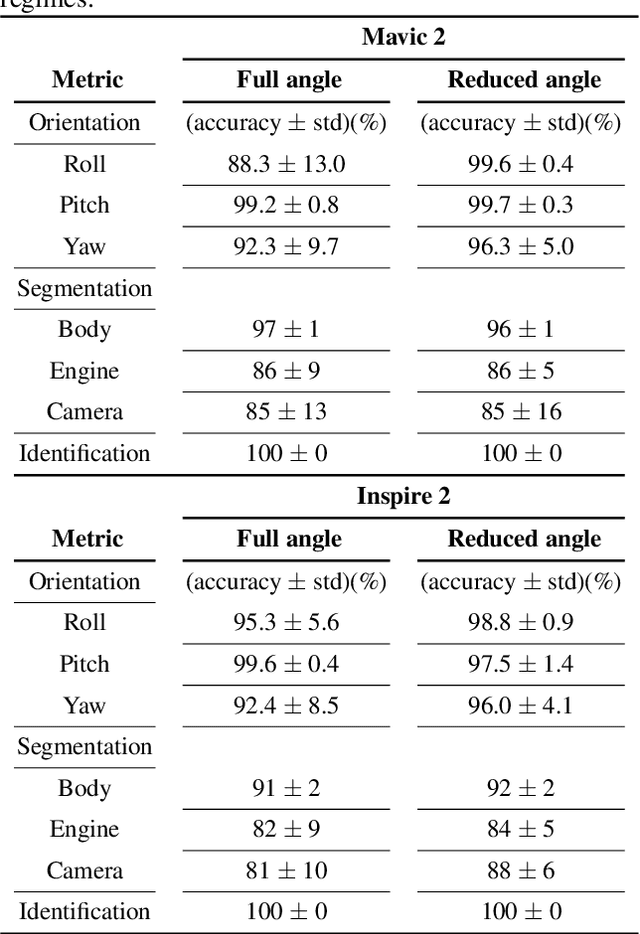
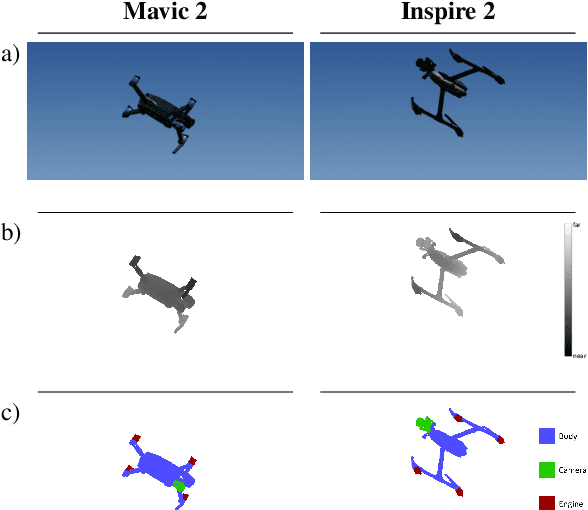
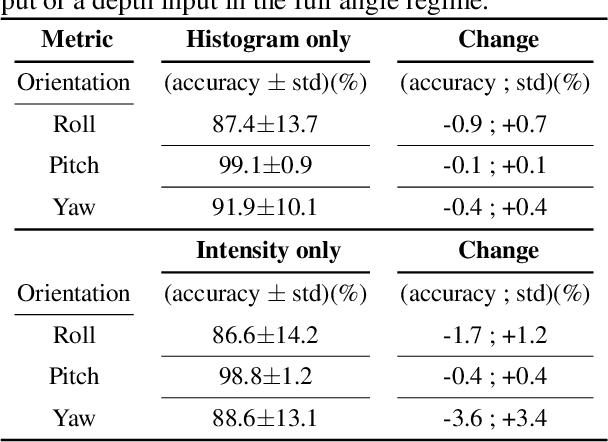
Abstract:The growing ubiquity of drones has raised concerns over the ability of traditional air-space monitoring technologies to accurately characterise such vehicles. Here, we present a CNN using a decision tree and ensemble structure to fully characterise drones in flight. Our system determines the drone type, orientation (in terms of pitch, roll, and yaw), and performs segmentation to classify different body parts (engines, body, and camera). We also provide a computer model for the rapid generation of large quantities of accurately labelled photo-realistic training data and demonstrate that this data is of sufficient fidelity to allow the system to accurately characterise real drones in flight. Our network will provide a valuable tool in the image processing chain where it may build upon existing drone detection technologies to provide complete drone characterisation over wide areas.
Real-time, low-cost multi-person 3D pose estimation
Oct 11, 2021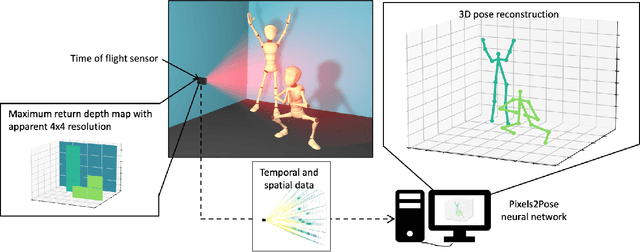

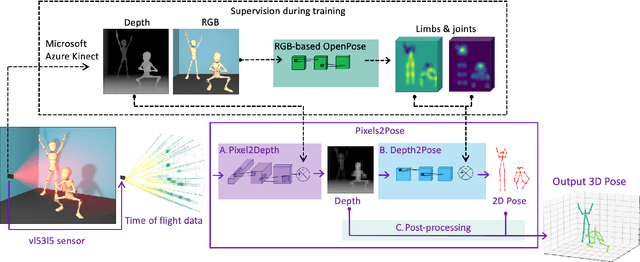
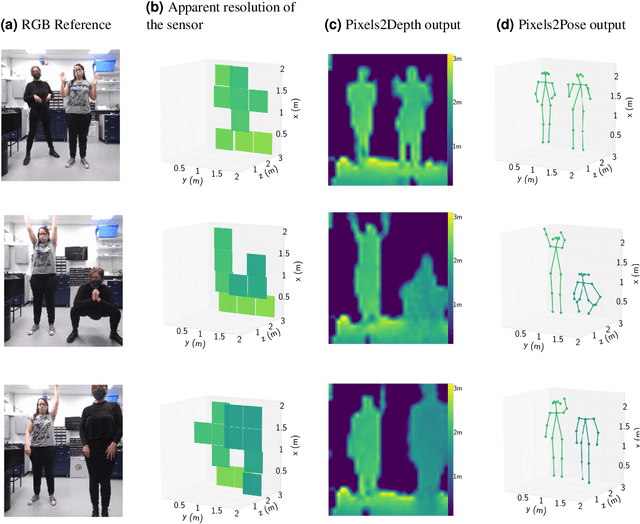
Abstract:The process of tracking human anatomy in computer vision is referred to pose estimation, and it is used in fields ranging from gaming to surveillance. Three-dimensional pose estimation traditionally requires advanced equipment, such as multiple linked intensity cameras or high-resolution time-of-flight cameras to produce depth images. However, there are applications, e.g.~consumer electronics, where significant constraints are placed on the size, power consumption, weight and cost of the usable technology. Here, we demonstrate that computational imaging methods can achieve accurate pose estimation and overcome the apparent limitations of time-of-flight sensors designed for much simpler tasks. The sensor we use is already widely integrated in consumer-grade mobile devices, and despite its low spatial resolution, only 4$\times$4 pixels, our proposed Pixels2Pose system transforms its data into accurate depth maps and 3D pose data of multiple people up to a distance of 3 m from the sensor. We are able to generate depth maps at a resolution of 32$\times$32 and 3D localization of a body parts with an error of only $\approx$10 cm at a frame rate of 7 fps. This work opens up promising real-life applications in scenarios that were previously restricted by the advanced hardware requirements and cost of time-of-flight technology.
 Add to Chrome
Add to Chrome Add to Firefox
Add to Firefox Add to Edge
Add to Edge